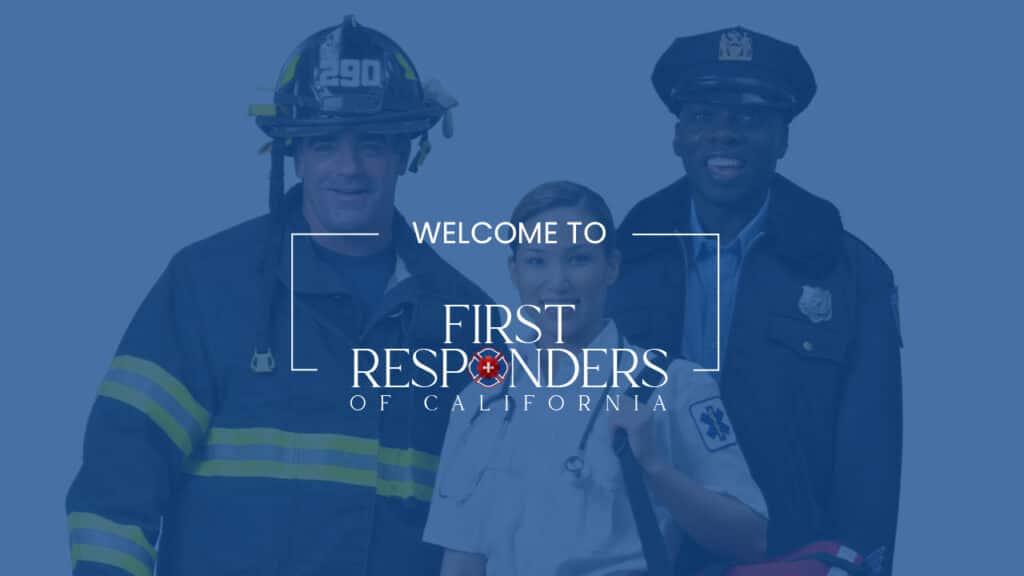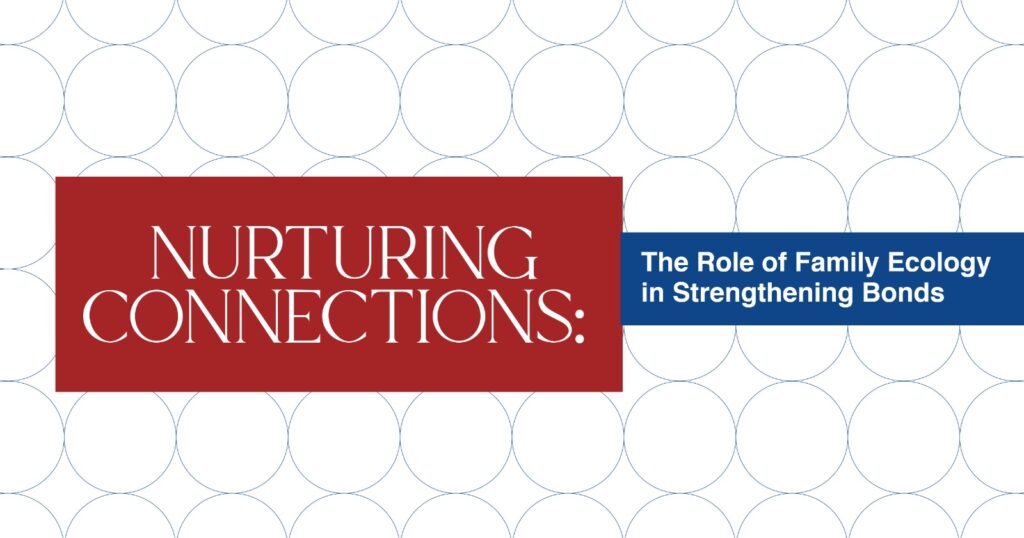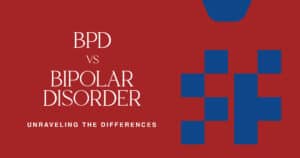Relationships in any family are built on experience, difficulties, and feelings. Yet have you ever thought, why not all families adjust to the same situations in the same way? The solution is in the family ecology theory – a model that can be used to analyze how families interact within the interdependent structures of relationships, environments, and influences.
This theory aids in understanding how our environment, societies, and even social conventions influence the relationships in the family, emotional growth, and well-being in the long term. Further examining the idea of systems theory as applied to life in the family, it is possible to discover some great conclusions about how to make family relations stronger, more stable, and healthy.
Understanding Systems Theory in Family Dynamics
Fundamentally, the systems theory considers the family as a living system made up of interdependent components, i.e, each member impacts and is impacted by the others. As one system component is altered, the whole structure is modified.
As an example, the work schedule of a parent can change, and children will react differently to changes. This reciprocal interdependence brings into focus how family relationships are a fine balance of interrelations instead of isolated actions.
The General Systems Theory by famous psychologist Ludwig von Bertalanffy was the starting point of the insight into the functioning of complex systems, such as families. This involves every member in the family having a role to play, so making the system complete and harmonious.
Being aware of those patterns can assist families in coping with change instead of struggling against it, and enabling them to communicate more healthily and maintain a balanced emotional state.

First Responders of California
Exploring the Role of Ecological Systems in Family Dynamics
The family ecology theory is a continuation of systems theory, which puts families in a bigger environment and societal contexts. The Ecological Systems Theory introduced by Urie Bronfenbrenner featured five systems connected with one another, including the microsystem, mesosystem, exosystem, macrosystem, and chronosystem, which influence human development.
These systems have a connection to the family life as follows:
| Ecological System | Description | Family Example |
| Microsystem | Immediate environment influencing daily interactions. | Home, school, peer relationships. |
| Mesosystem | Interconnections between microsystems. | Parent-teacher collaboration affecting a child’s progress. |
| Exosystem | Indirect environments that impact the family. | A parent’s workplace stress influencing home life. |
| Macrosystem | Societal and cultural norms that shape family behavior. | Gender roles, traditions, or community expectations. |
| Chronosystem | The effect of time and transitions on family development. | Divorce, relocation, or generational shifts. |
Because of the awareness of these ecological layers, the family will be in a better position to comprehend the influences of external factors – from workplace demands to culture and how these forces are impacting the internal relationships and the entire well-being of the family.
Impact of Social Environment on Family Interactions
Our social environment deeply influences how families communicate, express emotions, and solve problems. Supportive neighborhoods, inclusive schools, and access to mental health resources can foster positive family interactions. In contrast, environments marked by isolation, economic strain, or discrimination may contribute to emotional tension and conflict.
According to a study by the American Psychological Association (APA), social stressors like financial instability or unsafe communities can disrupt family functioning. This underscores the importance of nurturing community connections and social support systems to maintain harmony and emotional safety at home.
Families thrive when their social environments promote belonging, collaboration, and mutual understanding – values that build resilience and unity even in challenging times.
Family Interactions and Human Development
Human development is based on how families interact. Emotional development in infancy to adulthood relies on the quality of family communication, empathy, and stability.
Social and emotional skills vital to children are taught in the normal day-to-day interactions within a family, such as how to share feelings, handle conflict, and establish good relations with others. When there is a positive family interaction, there is a safe attachment base that helps foster confidence and self-worth.
In the meantime, dysfunctional processes such as criticism, neglect, or a lack of communication may impair emotional development which produces a detrimental impact on mental health and self-esteem even in adulthood. Therefore, the knowledge of family ecology theory can be used to find out the forces that facilitate or interfere with healthy growth.
Contextual Influences on Family Systems
The presence of contextual factors, including culture, socioeconomic status, religion, and community norms, is a crucial factor that determines family systems. These influences form the expectations, ways of communication, and ways of solving problems. An example is that family cultures dictate the way that families express love or deal with conflict.
This knowledge of the contexts would help families to deal with differences in harmony and sharing responsibility, while an individualistic culture would help families manage differences with empathy and flexibility without interfering with the values of the individual.
First Responders of California
Adaptation Within Family Systems
Families are constantly changing both internally and externally due to births, losses, relocations, or societal shifts. Balance in family systems is natural and involves adaptation. The following are some of the strategies that enable adaptive growth:
- Open Communication. Constant communication will assist the family members in sharing feelings and finding ways to solve them together.
- Flexibility. Those families in which roles and routines are easily altered will be more resilient to stress.
- Shared Problem-Solving. Addressing problems collectively leads to team spirit and confidence.
- Emotional Regulation. Promoting attentiveness and compassion in the conflict enhances stability in the long run.
When families embrace adaptability, they evolve with purpose rather than resist change, cultivating harmony even in unpredictable environments.
How Systems Theory Shapes Family Roles and Relationships
Systems theory is a concept that all family members have certain roles, namely, caregiver, mediator, nurturer, provider, etc , which helps to create a balance within the ecosystem. These roles are, however, not fixed. The shift in responsibility may change due to life changes or a shift in circumstances, which can challenge the flexibility of the family.
Healthy family systems are flexible, and they permit role changes to take a natural course. In this regard, parents might shift their roles as they become older and transition to mentors, which helps uphold autonomy and mutual respect.
By the identification and management of such transitions through open-line communication, families enhance relationships and also bring emotional maturity to intergenerational levels.
Applying Systems Thinking to Improve Family Communication
Systems thinking helps families to think of the process of communication as a circular, continuous experience and not a one-way exchange. One response has a feedback effect on another, and these loops determine the emotional climate in the homes. A model that uses awareness, empathy, and active listening is one such successful strategy – the so-called Family Systems Communication Model. The families can benefit by concentrating on:
- This involves identifying patterns of communication.
- Re-thinking conflicts as ways of learning.
- Promoting confirmation rather than criticism.
The Child Mind Institute provides some specific tips on how to make communication within the family more effective, establish emotional contact, and make daily conversations more meaningful, which will bring more trust and understanding.
Building Stronger Bonds Through Systemic Awareness
What systemic awareness can provide a family is the capability to look beyond individual problems and the connections that exist among them in their relationships. Once families recognize the impact of the feelings, behaviors, and places that each member has on the other, families will start to work as a team.
Development of awareness is a process that requires three steps:
- Observation. Determine patterns or stressors that are common in the family.
- Reflection. Talk about the effects of these patterns on emotional well-being.
- Adjustment. Apply the desired positive behaviors that stabilize trust and positivity.
Through consistent effort, families will be able to turn awareness into practical measures that reinforce attachment and lead to emotional security.
Begin Your Nurturing Connections Journey with First Responders California
We conceive that at First Responders California, effective communities are built on strong families. In a bid to ensure that families engage in the application of family ecology theory and systems thinking concepts to practical problems, we offer evidence-based counseling services, workshops, and support services.
You could be in need of sharpening your communication skills, seeking emotional therapy, or enhancing family relations – we ensure a secure and caring environment to grow. Visit First Responders California and start building closer, stronger family relationships now.

First Responders of California
FAQs
1. How does systems theory explain the complexities of family dynamics and interactions?
Systems theory describes how a family is a system where the behavior of one member affects other members. It assists one in discovering common patterns and points out how balance and communication maintain harmony of the family systems.
2. What role do ecological systems play in shaping family dynamics and social environment?
Systems of ecology demonstrate the manner in which the external surroundings, such as schools, communities, and the cultural background influence the internal relationships and behaviors within the family that influence the overall emotional well-being. Such systems encourage families that their development and strength highly depend on the quality of the environments around them.
3. In what ways does the social environment impact family interactions and human development?
Family communication, access to support, and the emotional security of families are affected by the social environment. Good environments promote family collaboration whereas bad environments may result in dysfunction or strains.
4. How do contextual influences affect family systems and their adaptation to change?
The interpretation and reaction of a family to change is culturally defined, socioeconomically influenced, and guided by religious values, which leads to its flexibility and cohesiveness in transitions.
5. What are the key components of adaptation within family systems in response to ecological challenges?
Open communication, flexibility, joint problem-solving, and emotional regulation are important features that make families adjust to the changing environments of life successfully.










